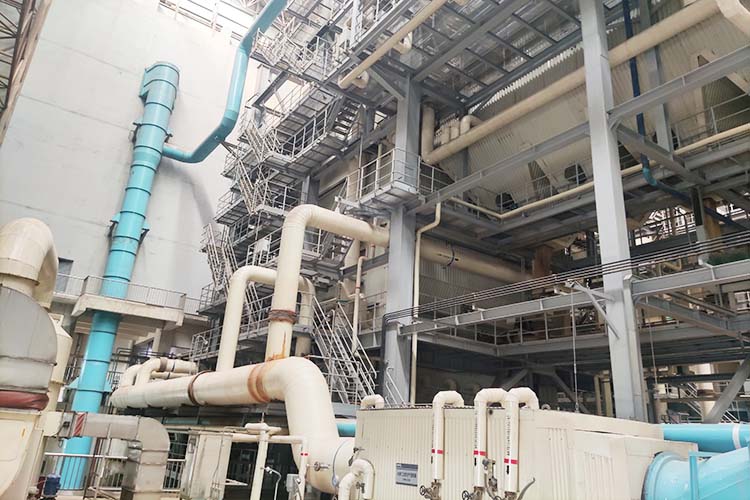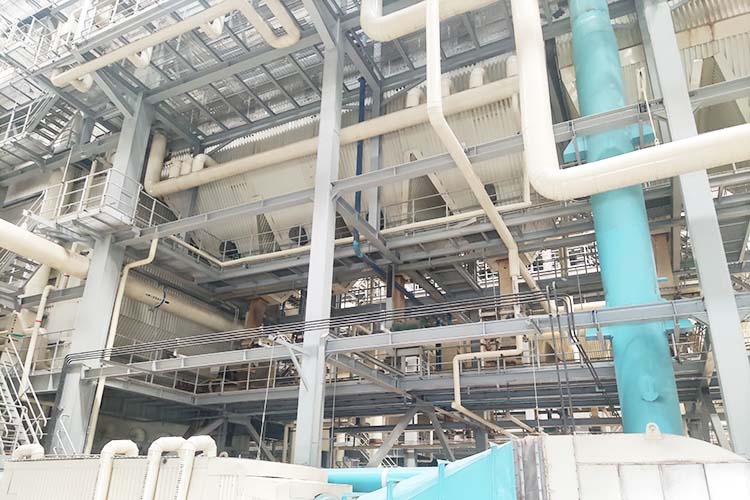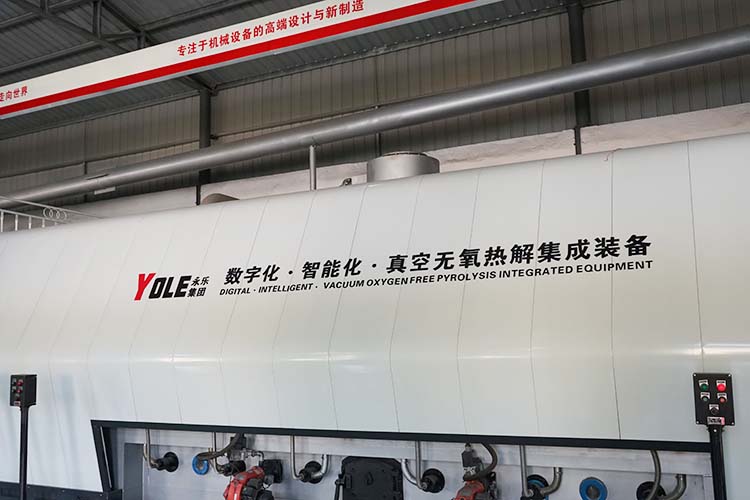In Japan, the urbanization rate is high and residents have a strong awareness of garbage classification. Every year, kitchen waste, plastic packaging, and waste paper account for over 55% of the household garbage generated. The local area has distinct four seasons, with high temperatures and heavy rainfall in summer leading to rapid decay and bacterial growth of garbage, and low temperatures in winter affecting the operational efficiency of traditional treatment equipment; At the same time, Japan implements strict waste disposal laws, sets limits on the amount of garbage landfilled, and requires a domestic waste resource utilization rate of over 80% by 2030. Traditional incineration methods, due to high carbon emissions and low resource recovery rates, are no longer able to meet current environmental goals. Faced with the triple demand of "reduction, resource utilization, and harmlessness", introducing household waste treatment equipment that is adapted to local climate and regulations has become a key choice for Japanese municipal departments and environmental protection enterprises.

We have been deeply involved in the field of environmental protection for many years, and have optimized our equipment comprehensively based on the characteristics of Japanese household waste and climate. Considering the high temperature and heavy rainfall in Japan during summer, high-efficiency dehydration and anti-corrosion modules are installed in the equipment pretreatment stage to reduce the moisture content of garbage to below 25% through extrusion dehydration. The core components are made of moisture resistant materials to avoid equipment failure caused by high temperature and humidity; In response to low temperatures in winter, the equipment is equipped with an intelligent preheating system that can start running within 30 minutes in an environment of -5 ℃, ensuring stable operations throughout the year. The core of the equipment adopts a composite process of "anaerobic fermentation+pyrolysis gasification". The biogas produced by anaerobic fermentation of kitchen waste can be converted into electricity and integrated into the Japanese power grid. Difficult to degrade plastics and fabrics are treated by pyrolysis gasification, and the recovered heat energy is used for the operation of the equipment itself. The overall resource utilization rate is over 82%, far exceeding Japan's environmental protection requirements.

This device has a very flexible application scenario in Japan, whether it is municipal waste treatment centers in mega cities such as Tokyo and Osaka, regional environmental protection stations in medium-sized cities such as Kyoto and Nara, or small recycling points in rural Hokkaido, it can be precisely adapted according to the processing scale. In mega cities, equipment can achieve centralized processing of thousands of tons of garbage per day through collaborative operation of multiple units. The produced biogas can meet 8% of the electricity demand of surrounding communities, and the fermented organic residue can also be processed into agricultural organic fertilizer for supply to Japanese farmers; In medium-sized cities, modular equipment can quickly integrate with existing garbage classification and recycling networks, reducing the cost of cross regional transportation of garbage; At the rural recycling point, the miniaturized equipment covers an area of only 60 square meters, and the operating interface supports Japanese. Local staff can easily handle the household waste generated by surrounding villages and towns after short-term training.

In response to the differences in environmental policies in different regions of Japan, such as Tokyo's stricter carbon emission requirements and Hokkaido's emphasis on equipment low-temperature adaptability, we can provide customized solutions to assist in the entire process from equipment parameter adjustment to compliance document filing. At the same time, we have an after-sales service center in Osaka, Japan. When equipment malfunctions, our technical team can arrive on-site within 24 hours for maintenance. We also provide regular equipment maintenance and technical updates to ensure long-term stable operation. In addition, the exhaust gas of the equipment undergoes triple purification of "desulfurization+denitrification+activated carbon adsorption", and the emission of dioxins is much lower than the limit of Japan's "Air Pollution Prevention Law". The operating noise is controlled below 55 decibels, which meets the environmental requirements of residential areas in Japan. We look forward to deepening cooperation with Japanese municipal departments and environmental protection enterprises, using professional equipment and services to help build a more efficient domestic waste treatment system in the local area, and jointly promote green and sustainable development.
Yongle Environmental Protection is mainly engaged in the research and development, production and sales of complete sets of technical equipment for organic solid waste disposal and comprehensive utilization. Production and manufacturing, domestic waste treatment equipment, tire pyrolysis equipment, medical waste disposal equipment, hazardous waste disposal equipment, and achieve efficient and comprehensive utilization of resources through independently developed low-temperature anaerobic pyrolysis equipment technology solutions.
Tags:Domestic waste treatment equipment helps to recycle resources in Japan,household waste treatment equipment,YONGLE GROUP
 Latest news
Latest news


























